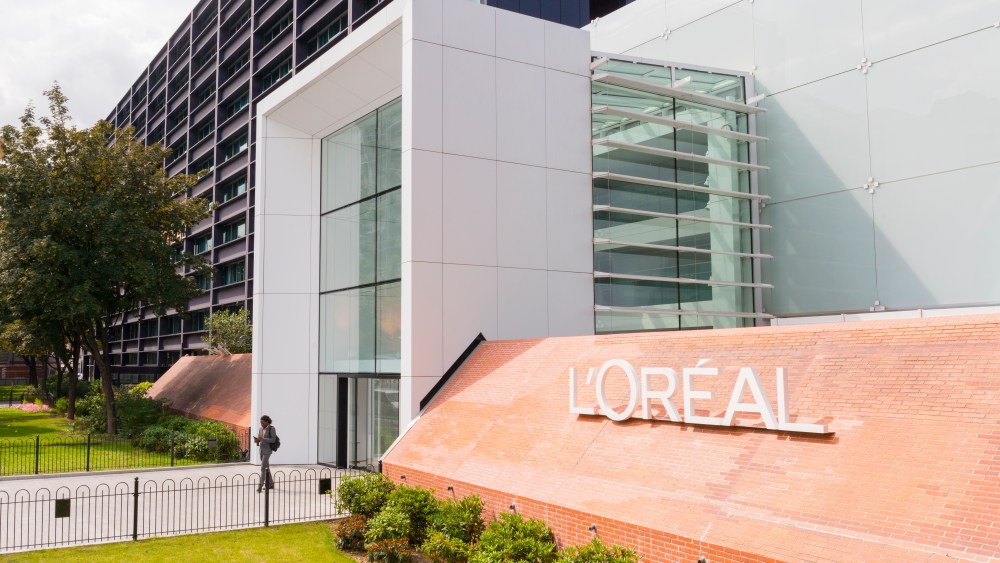In 2024, the beauty industry faced several challenges despite notable achievements by its leading player, L’Oréal. The year was characterized by contrasting performance, described by the company as “a tale of two halves.” The first half flourished, showcasing robust sales and strong growth, while the latter half struggled due to a global economic slowdown and persistent issues in the Chinese market. Specifically, the downturn in North Asia significantly impacted L’Oréal’s performance. Excluding this region, the company hinted that its sales could have seen increases in the high single digits, illustrating the importance of regional performance to overall success.
In a strategic move to enhance its brand portfolio, L’Oréal made several key acquisitions in 2024, including the Miu Miu beauty license and the South Korean skincare brand Dr. G. The acquisition of Miu Miu, which had previously been managed by Coty Inc., further solidified L’Oréal’s partnership with Prada, initiated in 2021, setting the stage for new fragrance launches. Meanwhile, Dr. G has been a significant player in the South Korean market, known for its dermatological products, and complements L’Oréal’s existing lineup that includes other K-beauty brands. These acquisitions reflect L’Oréal’s ongoing commitment to diversifying and strengthening its product offerings in line with market trends.
In addition to significant acquisitions, 2024 saw L’Oréal engage in minority investments aimed at future growth. The company acquired a 10% stake in Galderma, a key player in dermatology, and made investments in Yesskin, a Chinese skin clinic, and Chando Group, a mass-market beauty firm in China. These investments are part of L’Oréal’s strategy to gain insights into emerging market segments and familiarize itself with growth categories. The company’s commitment to innovation was further demonstrated when it announced plans to acquire Gjosa, a water-saving technology company, enhancing its sustainability efforts in product development.
Entering 2025, L’Oréal continued its vigorous acquisition strategy by investing in Middle Eastern fragrance brand Amouage and the fashion house Jacquemus. This strategy also included a beauty license that will expand their product range. L’Oréal’s investment in the up-and-coming South Korean fragrance brand, Borntostandout, showcases the company’s ongoing interest in tapping into trending market niches and consumer preferences. However, as L’Oréal streamlines its portfolio, it has also been divesting certain brands; recently, the company sold Decléor and Saint Gervais Mont-Blanc, as well as Carol’s Daughter, to focus on its core brands and enhance operational efficiency.
Despite some analysts expressing disappointment with overall sales figures, L’Oréal achieved remarkable profitability in 2024, setting record gross and operating margins. Notably, the operating margin, excluding Aēsop, rose to a new high of 20%, reflecting L’Oréal’s balanced approach to maintaining profitability amid market challenges. CEO Nicolas Hieronimus emphasized that 2024 was a “defining year,” highlighting the company’s focus on future-proofing through advancements in marketing, research, and innovation, particularly through the incorporation of artificial intelligence and technology.
Performance across L’Oréal’s business segments reflected an adaptive strategy to meet diverse consumer needs. The Consumer Products division saw balanced growth, spurred by popular brands like L’Oréal Paris and Mixa which performed exceptionally well, especially in emerging markets. Meanwhile, L’Oréal Luxe also experienced double-digit growth, driven significantly by North America. The Dermatological Beauty division was the star performer, significantly outperforming the global dermocosmetics market. Key brands like La Roche-Posay surged, positioning L’Oréal as a leading force in skincare. As the company looks ahead, it remains focused on e-commerce expansion and innovation in product offerings to further solidify its position in the competitive beauty industry.

